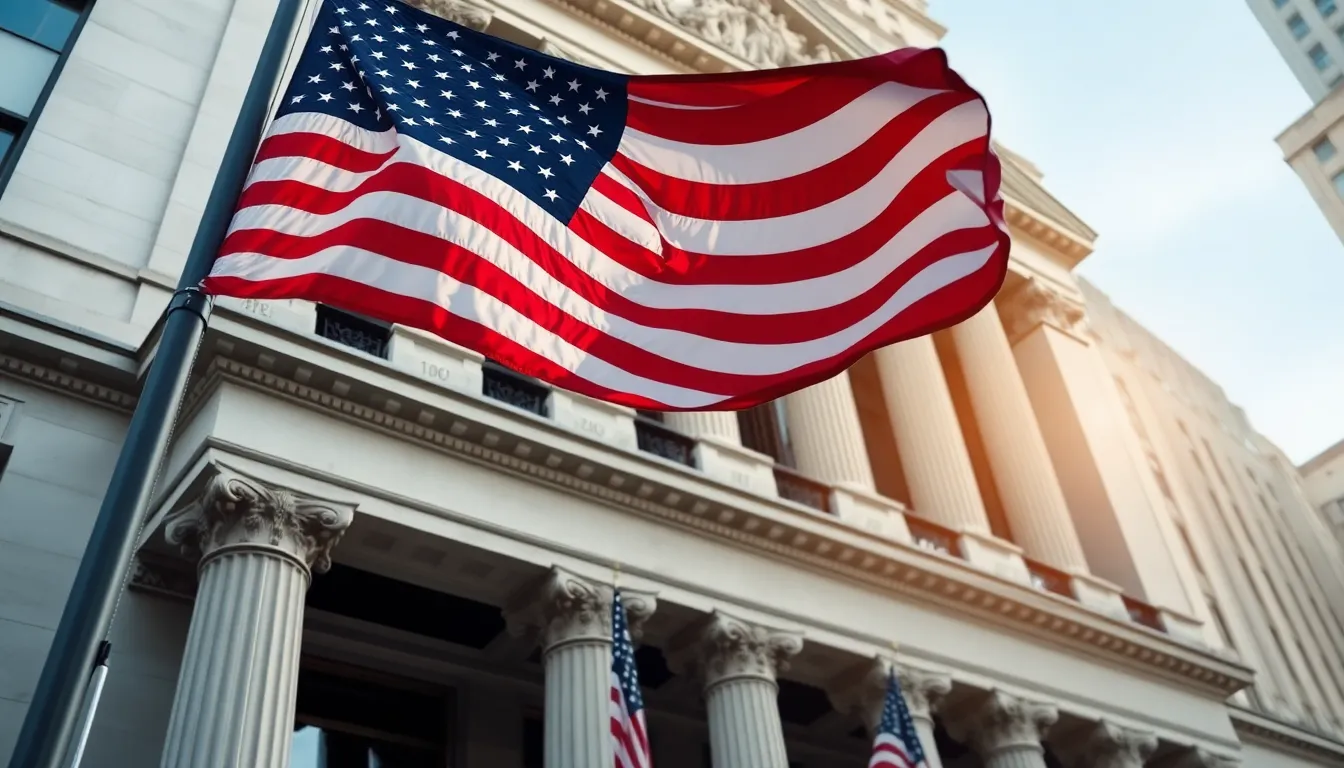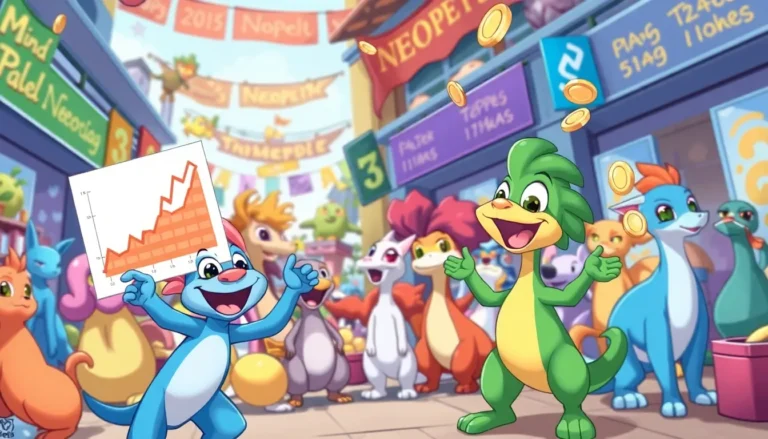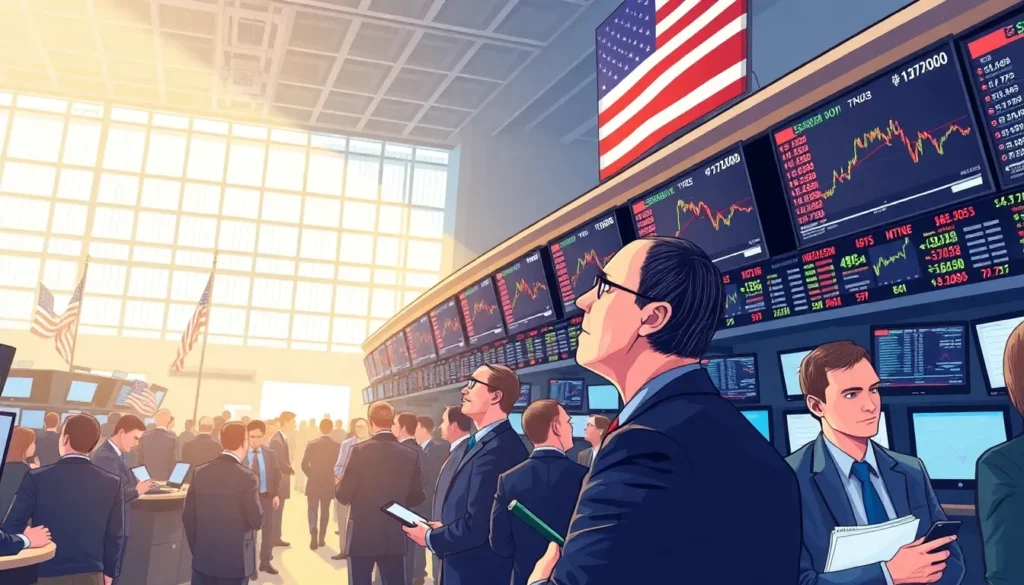Table of Contents
ToggleEvery year, Americans gather to honor the legacy of their leaders on Presidents Day, but did you know the stock market takes a break too? While you’re busy contemplating which president would win in a game of poker, the NYSE and NASDAQ are enjoying a well-deserved day off. It’s a reminder that even the financial world needs a little R&R.
Understanding Presidents Day
Presidents Day, celebrated on the third Monday of February, honors the birthdays of George Washington and Abraham Lincoln. This federal holiday recognizes all U.S. presidents, reflecting on their contributions to the nation. Many states observe the holiday with various events and educational activities. Schools often take this time to teach students about national history and the importance of leadership.
The stock market observes Presidents Day by closing, affecting trading schedules. This closure applies to major exchanges, including the New York Stock Exchange and NASDAQ. Market participants anticipate this break, allowing them to plan their trading strategies accordingly. Financial institutions also recognize the holiday, impacting banking hours and services.
Shifts in trading patterns can occur due to the holiday. Investors monitor market activity before and after Presidents Day to gauge potential trends. Market volatility may increase as traders adjust their strategies following the holiday. This heightened awareness highlights the significance of the holiday within the financial calendar.
Cultural celebrations accompanying Presidents Day vary across states. Parades, sales, and community events often mark the occasion. Local businesses may offer promotions to engage customers during the holiday weekend. Families often use the time for gatherings, reflecting on past leaders’ legacies.
The observance of Presidents Day emphasizes the importance of honoring leadership and national history. A shared understanding of this holiday fosters appreciation for the country’s journey and its presidents’ roles. By recognizing the day, individuals contribute to a collective memory that shapes national identity.
Stock Market Schedule

On Presidents Day, the stock market observes a holiday closure, impacting trading activities. This break allows investors to recalibrate and plan strategies around holiday schedules.
Regular Market Hours
The NYSE and NASDAQ maintain standard trading hours from 9:30 AM to 4:00 PM Eastern Time, Monday through Friday. These hours can shift during holidays or special events, emphasizing the need for investors to stay informed. Regular operations resume after the holiday, allowing market participants to analyze trends and adjust their positions accordingly.
Holidays Observed by the Stock Market
The stock market recognizes several holidays throughout the year, with Presidents Day being one of them. Significant observances include New Year’s Day, Independence Day, and Thanksgiving. Adjustments to trading hours occur during these holidays, often resulting in early closures or full-day breaks. These closures impact trading volumes, leading investors to closely monitor activities surrounding holiday periods for potential trends.
Impact of Market Closure
Market closures on Presidents Day significantly affect trading dynamics. The holiday allows investors time to strategize and reassess their positions in the market.
Historical Significance
Presidents Day, observed since 1971, recognizes U.S. presidents’ contributions. The New York Stock Exchange and NASDAQ close, echoing a national commitment to honoring leadership. Historically, the market has recognized numerous federal holidays. Market activity often decreases during these times, reflecting traders’ adjustment to significant dates. This closure symbolizes the country’s respect for its leaders and enables investors to reflect on broader economic influences.
Trading Activity Before and After the Holiday
Trading activity typically fluctuates in the days surrounding Presidents Day. Volume tends to rise leading up to the holiday as traders finalize strategies. Following the closure, regular trading resumes instantly, often resulting in heightened volatility. Investors frequently reassess their positions after observing trends from the previous week. Market participants carefully analyze results, influencing trading strategies for the upcoming sessions. Such patterns can signal shifts in market sentiment and provide insights into potential future movements.
Presidents Day serves as a reminder of the nation’s rich history and the leaders who shaped it. The stock market’s closure on this holiday provides a unique opportunity for investors to pause and reflect on their strategies. As the market reopens, the increased trading volume often leads to heightened activity and volatility.
Staying informed about market schedules and potential fluctuations surrounding holidays can empower investors to make well-timed decisions. Embracing this brief respite allows for a more calculated approach as they navigate the ever-changing landscape of the stock market.







